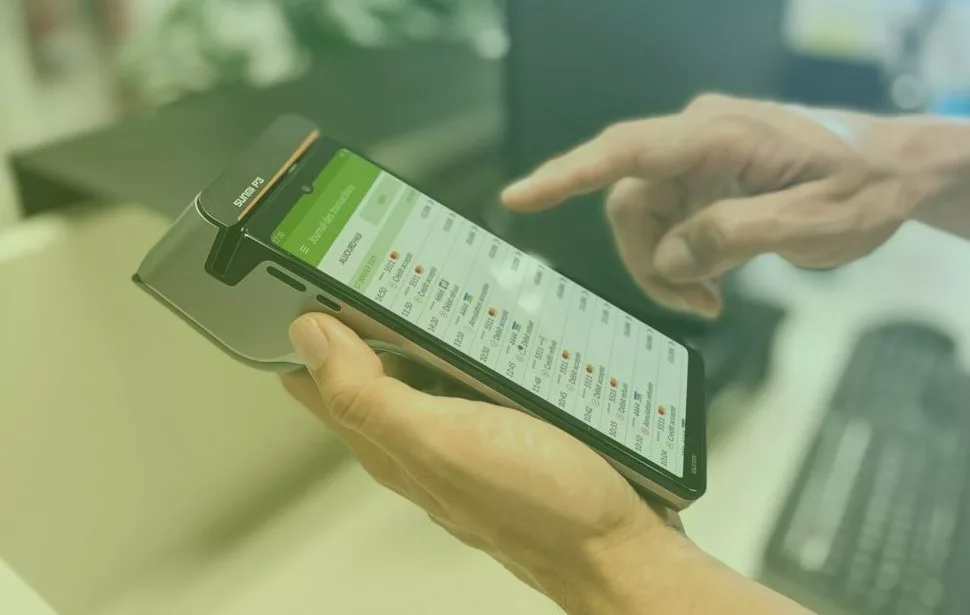If you run an online store, you will know that cash on delivery is a popular option among customers. While it is true that the coronavirus health crisis has forced millions of people around the world to change their daily activities radically, online shopping has experienced a strong increase.
For the same reason, parcel services and eCommerce are trying to avoid, as far as possible, cash on delivery or any other type of cash payment to avoid contact and health risks. And while consumers have been sympathetic to this measure, it remains a key alternative for many customers and businesses.
However, it is important to differentiate it from a refund. That is the return of an amount of money to the people who have paid it out.
Let’s take a look at how to handle this efficiently in online stores!
What is an order refund?
Simply put, it is the economic operation through which a person receives back the money they paid for an order. The refund is present in commercial agreements under a return policy or certain assumptions. For example: when the product is defective or any other error occurs.
However, it is not only used under these circumstances, but it may also become a habit in accounting matters. Here you can find two common situations to use a refund:
- To improve quality. This happens when we receive a faulty or defective product. Following the product’s return policy, the customer returns the product and is refunded, or simply replaces their product with another one.
- For deposits. That is, as a “guarantee pending full payment or reservation of a good or service. In this case, the money is refunded once the agreement has been reached or when the products that were in the possession of the purchaser are returned.” (Investopedia)
But how does it work?
How the order returns and refunds process works
Regardless of the type of payment you used for your purchase, the return process is usually the same for all orders. When choosing the cash-on-delivery option, the only difference is that the eCommerce needs your bank details to issue a refund. Once it receives them and the return is approved at the warehouse, you receive an email, call, or another type of contact to request the data. Finally, the bank processes the refund.
Ecommerce is usually required to offer a 14-day return period so that consumers have ample time. Here are some important things to consider in your return policy:
- The customer has a minimum period of 14 days to make a return, although this period can be extended. Companies like Zalando have already done so.
- “You are obliged to refund the full amount including shipping costs paid by the customer. However, the store is not obliged to pay the return costs.” (ReturnLogic)
- It is advisable to place the return policy in a visible place on the website and explain it clearly and concisely.
How are you handling the refund of your online orders?
What PSD2 regulations say about the refund of electronic payments
The European regulation does not only affect banks, but also eCommerce and users. The aim is to regulate these two new players to ensure the security of electronic payments and promote the adaptation of banking services to new technologies.
However, PSD2 has two main focuses:
- Access to bank data. The regulation facilitates the management of personal finances through the Account Information Services Provider (AISP). A simple example is financial aggregators, which help you to see clearly, globally and from a single platform, the different accounts opened in your banks. Therefore, it gives you more control over your income and expenses. This is not only a service offered by banks, but also by some fintech companies.
- The quality of electronic payments. The advantages that PSD2 brings to eCommerce payments are: greater control due to the public registry of payment institutions of the European Banking Authority (EBA); simplicity when shopping online; increased security thanks to two-factor authentication; and it saving costs as you are not presented with surcharges on card payments.
In terms of refunds, the EU regulation provides more rights, as it not only reduces our liability for fraud to 50 euros but also establishes the “right to an unconditional refund for direct debits”. In other words, if an authorised payment does not show the amount in detail or the amount is higher than expected, the consumer will be entitled to have the payment service provider refund the money he has paid. Is everything clear so far?
2 tips on how to handle refunds efficiently
Now that you know how refunds work and the latest developments brought about by the PSD2 regulation, we at PayXpert would like to give you 3 tips on managing the refund of your orders efficiently.
Take note of best practices that can help you manage your returns and avoid a high number of refunds!
- Show all the information about your products. They say that people understand each other by talking, so the best thing to do is to keep your customers well informed about your products. If they can’t physically see or touch them, they will be more hesitant. But if you show them all its characteristics (size, colour, weight, etc.), they will be able to get a more accurate idea and avoid returning the product.
- Show all the information about the return policy. We are not only talking about showing the conditions or the return period but also about the language used. For example, Ikea uses many terms of love, which allows customers to trust and feel satisfied with the purchase. Here you can have a look at their return policy.
Are you handling the refunds of your online orders correctly? Check it out and don’t remain in doubt.




